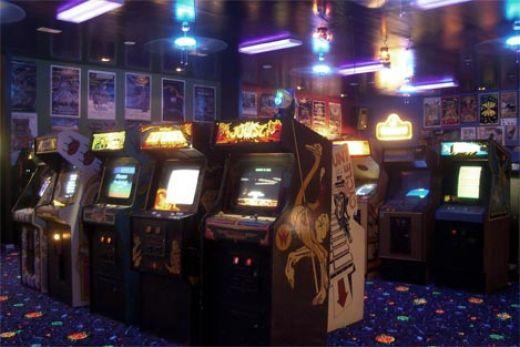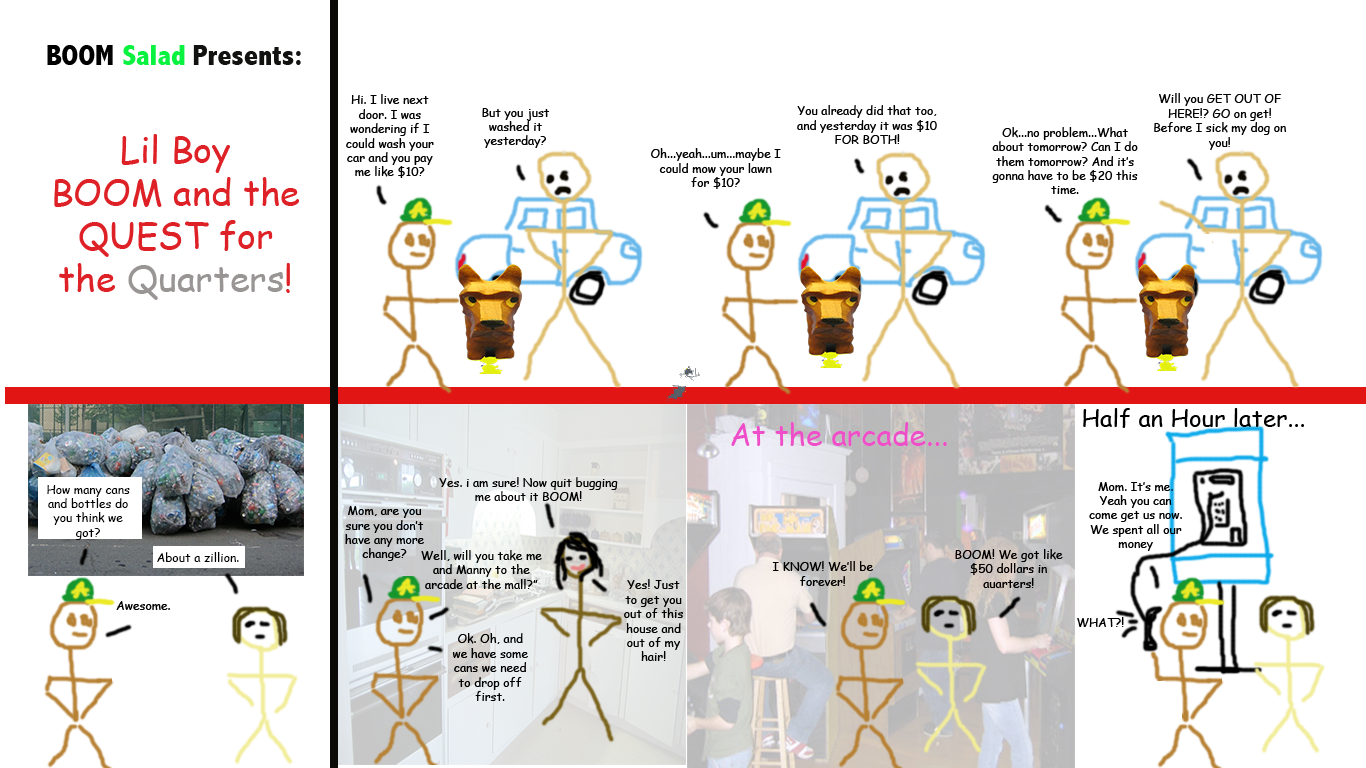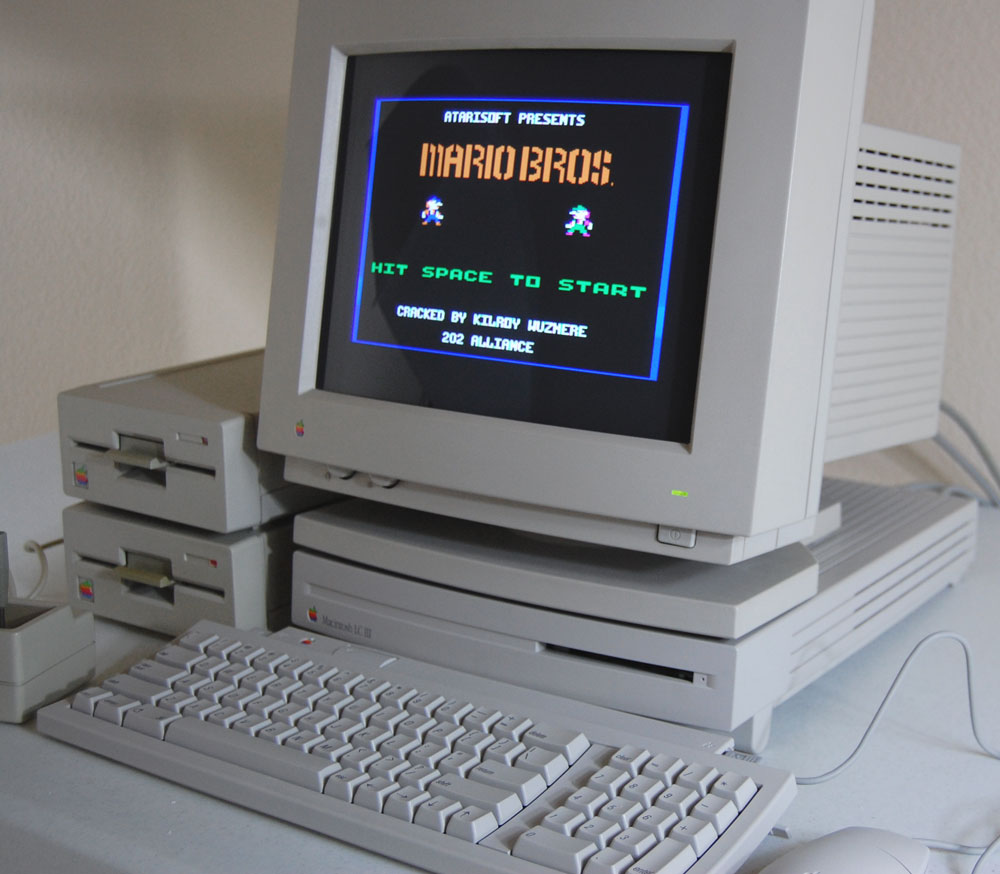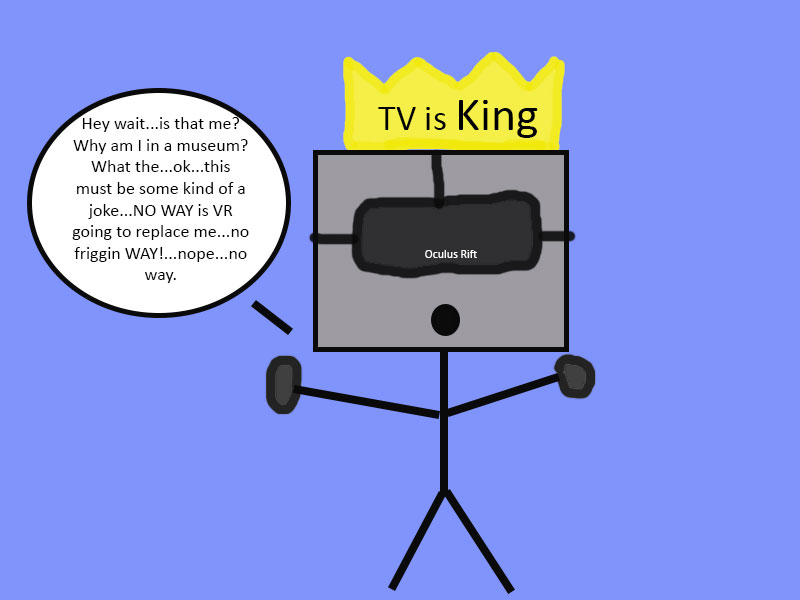durty shows you the future of Whiteout…
Tag Archives: Video games
Editors Note: Another Historical Moment for the BOOM!

Editor’s Note: The article below represents another historical milestone for the BOOM for numerous reasons. Over the past few months, we have noticed, in our traffic results, a sharp increase in visitors from China, and the Orient in general. While we anticipated a Japanese appreciation for our work, and have translated articles into their language, we did not expect the remarkable response from our video gaming sisters and brothers from the motherlands of China and Vietnam. You are, both, most welcome to the BOOM.
In honor of their extraordinary participation, we have decided to translate some of our future articles into other languages of the East. Our first, is a translation, into Mandarin Chinese, of our most popular series to-date: “The Panopticon in My Bedroom: Parts I & 2.” It is our way of saying “Thank You” for coming to the BOOM, and allowing us to inform and entertain you.

-BOOM
Mandarin Translation of the above:
BOOM Salad Presents: BOT RAGE!!!!!
From Peripheral to Preeminence: The Rise of the Video Media Console, Part III, “From arcade to VR ecosystem.”
Those that grew up during what I have often referred to as the “Golden Age” of video gaming,[1] remember a time when there was no preference between PC and console. There was just gaming. In fact, there are some games that we loved every bit as much as our favorite PC, console, and arcade games, which are now, all but forgotten.[2] Still, as for where most gamers of the period, young and old, preferred to play their favorite games, the arcade was king (see Figure 1).

Though the graphics and gameplay of the standalone machines were often identical to their console/PC versions, there were a lot more games to play at the arcade then at home or school. Also, there was an energy in the place that was palpable and electrifying.[3] Playing in the arcade during the decade of the 1980’s could be viewed as a prototype of the multiplayer experience that we now enjoy online, with one big difference: back then we played, physically, side-by-side, every time.
While the arcade may have been our preference, there were two, significant, disadvantages: cost, and the fact that you needed transportation to get to one. Both reasons made it an impractical, though highly desired, option for me and my eight and nine-year-old, school friends. Even after washing everyone’s car on the block, mowing their lawns, scavenging for and returning bottles and cans for the deposit, and, finally, squeezing your parents for every last quarter they had, it didn’t take long to burn through your hard earned change once you walked into that neon-lit, multisensory extravaganza of light, sound, and movement (see Figure 2). It is largely for these reasons that the console became our video gaming method of choice.

Thus, it was during the decade of the eighties that video gaming as a practice and event shifted from the surrealistic environment of the arcade to become a more home-based activity in which the console played a dominant role. At the time, PC’s were also in their infancy. Companies like Apple, and even HP, had demonstrated an early interest in video gaming software development, but purchasing their hardware was expensive, often more expensive than a console (see Figure 3). Moreover, PC’s were still, for the most part, considered business machines and not video gaming platforms. For many gamers, therefore, the console was the only realistic option.

This economic ‘reality,’ in many ways, created a division between the gamers that had access to a PC, and those that could only get their hands on a console. From this point forward, the question of which platform, PC or console, was technologically superior, became the subject of a debate that continues, thirty years later, into our current day.
Of course, the rift between PC and console gaming is more complicated than the “debate” over which is a, “superior,” platform. However, no one would dispute that this is the primary issue that continues to surface and resurface whenever gamers argue over which is best for gaming. Now, it seems, this age old argument has been given new life in the discussion over which is a better platform for delivering Virtual Reality (VR).
As recent as this past February, Tim Bajarin, a well-known, well-respected technologist, “futurist,” and contributor for PCMag, revealed how this divisive issue is being used to influence the direction of VR software development. In his post, “Why Sony Has a Big Lead in VR,” he offers reasons why the PC is a more preferable VR appliance than the Playstation, or any other console. The primary concern, as he sees it, is the console’s seeming, one purpose functionality as a gaming device. According to Mr. Bajarin, consoles like the Playstation 4, “[are] largely gaming platforms.”
BOOM Salad Proudly Presents: durtyrezkidz, a.k.a “Turbo Aj Little Bird.” The Sky is Falling!
 Rarely does one get an opportunity to witness what happens when total mastery over fundamentals intersects with raw talent. And yet, that is exactly what has happened: lightning has struck the BOOM twice!
Rarely does one get an opportunity to witness what happens when total mastery over fundamentals intersects with raw talent. And yet, that is exactly what has happened: lightning has struck the BOOM twice!
It is with great pride that I announce to our readers, the BOOM’s latest sponsee: durtyrezkidz, a.k.a. “Turbo AJ Little Bird.”
He is simply the BEST Little Bird pilot we have ever seen, a remarkable statement considering our past experience. Come watch and be amazed…the sky is falling.
BOOM Salad Thanks King-Dylan666: The Paganini of the First-Person-Shooter.

At the end of last fall, BOOM Salad entered into an historic agreement to become the first to sponsor the Battlefield 4 player known as KING-DYLAN666.[1] Since that time, we have been honored to reveal to the world, via this website, his near inhuman playing skills on the battlefield. Time and again, in video after video (see below), the KING has demonstrated conclusively that he is one of the best in the business. He is a machine, a true 21st century gaming freak of nature, and yet, some in the online gaming world have sought to undermine his place amongst the elite, by criticizing the amount of time the KING has played the game for which he has become well-known.

According to his Battlelog profile, KING-DYLAN666 has spent a total of 9,320 hours playing Battlefield 4 (PS3 and PS4 combined). If one assumes he began playing on the date of the game’s release in 2013, that would mean he has played, on average, more than 10 hours a day, for nearly two and a half years!
But I know what some of you are thinking, because, for the past six months, we’ve heard it all:
“What a loser!”
“Damn Daniel! That man needs to get a life!”
“I bet he’s a virgin.”
Naturally it is hard for some to fathom the kind of dedication that the KING has put into an activity that continues to be miscategorized by society as a form of casual entertainment. By this I mean that the criticisms leveled at KING-DYLAN for the amount of time he has spent perfecting his skill, reveal an outdated view of video gaming that fails to recognize its increasing complexity as a practice. Moreover, such statements also demonstrate a disappreciation of the physical ability required to achieve the level of dominance exhibited by the KING.
From Peripheral to Preeminence: The Rise of the Video Media Console, Part I: “The Virtual End of the Reign of Television.”
For nearly 60 years, television has ruled the living room as the center of the home entertainment universe. But the emergence of media streaming services, like: Netflix, Youtube, and Amazon Instant Video, along with an ever-expanding global network delivering high-speed Internet service to the home, has revealed a growing number of threats to TV’s half a century long reign.
First, and foremost, as consumer behavior has adapted to the expanding role of the Internet as a vehicle for the delivery of media content, there has been a notable shift away from television as the primary viewing platform. This has been accompanied, and is in many ways symbolized, by the so-called, “[TV cable] cord cutting” movement we see growing in popularity throughout the world. It is now possible to watch “TV” programming on something other than a TV, such as a PC, tablet, or even a smartphone.
In saying this, we are giving form to a fundamental change now taking place which seeks to dismantle our decades old, TV-obsessed culture, and replace it with a spatial reconstruction in which television becomes just another option amongst a growing number of alternatives. In other words, with the emergence of app-based viewing platforms that rely on the Internet to deliver their content, the interdependent link between TV and the creation, consumption, and distribution of video media, including video games, has been broken.

Moreover, with the rapid development of virtual reality devices, such as Sony’s Playstation VR and Facebook’s Oculus Rift (see Figure 2), it is now possible to envision a future in which the television is supplanted by a far more immersive, and spatially practical, viewing paradigm. Some, of course, would disagree, claiming that, “Television technology, with its increasing resolutions and size, in addition to a recent industry-wide adoption of app-based viewing platforms, a feature of so-called, “SMART TVs”, will insure its status as the primary media viewing appliance both now and well into the foreseeable future.”
And yet, in highlighting the increasing size of television, proponents of the TV-centric, media-viewing household, give light to one of television’s greatest weaknesses, which also happens to be “its increasing size.” A simple maxim to describe the problem might be, “the larger the TV, the less practical it becomes to the majority of consumers.” The prima facie evidence for this statement is in the simple calculus of how many consumers, worldwide, have the available wall space to support the largest sized devices manufactured today, and at what point in that mathematical relationship is that number reduced to zero?
